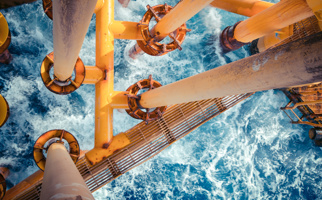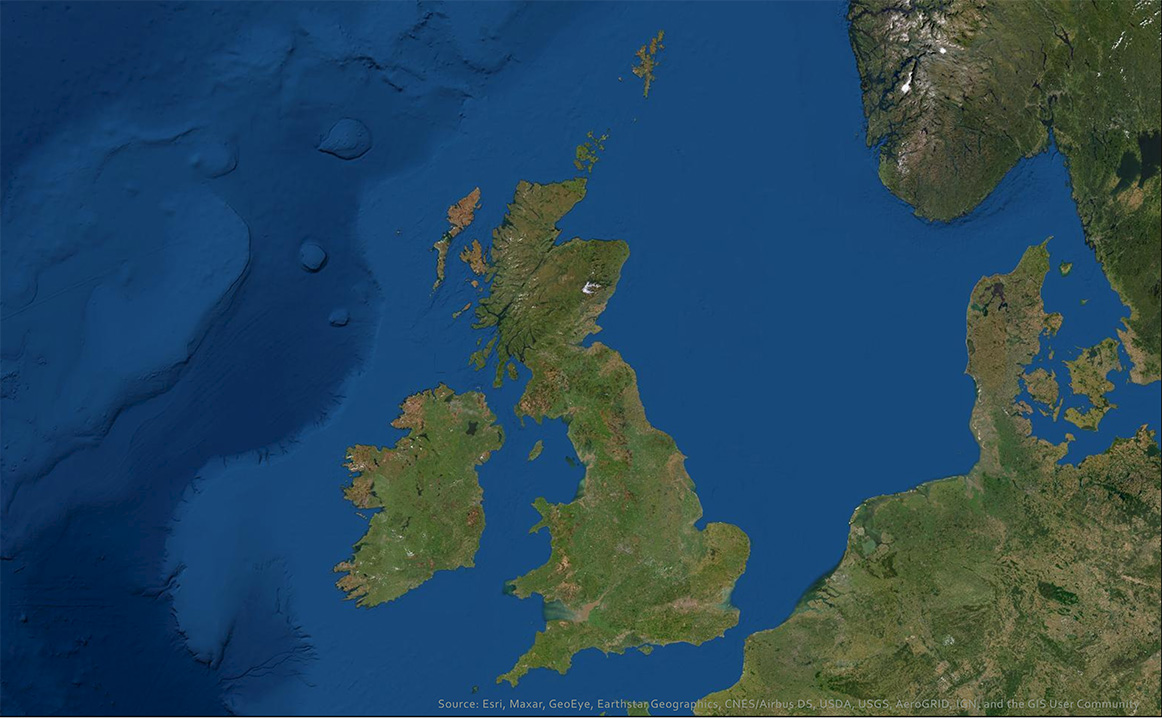
Oil and gas onshore terminals have been critical for the UK energy security to date, and may have a very significant role in accelerating the UK energy transition.
Today, onshore oil and gas terminals are a key part of the existing energy infrastructure and are a well-established part of the petroleum industry. They play a vital role in connecting the energy supply chain, facilitating the import, export, storage and distribution of oil and natural gas and bringing together producers and transporters.
As we transition to a net zero economy, these terminals will remain vital for ensuring energy security and through connections with the carbon capture and storage industry will help reduce carbon emissions. Additionally, they are well positioned for both the production and transportation of hydrogen to demand centres and storage sites and provide a crucial hub for linking and utilising the offshore renewable power sector.
 Sullom Voe
Sullom Voe
Please click on the individual hub names for more detail
Flotta St. FergusSullom Voe
- Access to significant carbon storage
- Close to very large windfarms
- Large onshore site for green hydrogen and efuels production
- Port facilities for CO2 import and efuel export
Go to Page
Flotta
- Large site for green hydrogen production
- Windpower logistics base
- Pipeline blending, efuels, shipping
- H2 backbone connection
- Ultra-deep quay for floating wind or decommissioning
Go to Page
St. Fergus
- Access to significant CO2 storage potential
- Active CO2 licences
- Port facilities
- Windfarm power landing
- Hydrogen plans (blue / green)
Go to Page
Teesside
- Facilities to capture and store CO2 for abated gas power generation
- Large blue hydrogen production
- Site for green hydrogen production
Go to Page
Barrow-in-Furness
- Large CO2 storage capacity
- CO2 transportation by pipeline, ship and rail
- Repurposing of natural gas assets
Go to Page
Humberside
- Large hydrogen storage capacity
- Green hydrogen production on site
- Plans and support for blue hydrogen production
Go to Page
Bacton
- CO2 sources from Bacton and London/Thames estuary area
- CO2 import (interconnector)
- H2 to the London and Midlands areas
Go to Page
Merseyside
- Repurpose pipelines to transport CO2 from North West of England and North Wales for storage
- Key part of the HyNet project
Go to Page
Kinneil - Forties Pipeline System
- Access to the Scottish Cluster for carbon emissions.
- Existing infrastructure for CO2 transportation
Go to Page
Sullom Voe
- Access to significant carbon storage
- Close to very large windfarms
- Large onshore site for green hydrogen and efuels production
- Port facilities for CO2 import and efuel export
Flotta
- Large site for green hydrogen production
- Windpower logistics base
- Pipeline blending, efuels, shipping
- H2 backbone connection
- Ultra-deep quay for floating wind or decommissioning
St. Fergus
- Three North Sea Gas Terminals:
- SAGE
- SEGAL
- SFGT
- Access to significant CO2 storage potential
- Active CO2 licences
- Port facilities
- Windfarm power landing
- Hydrogen plans (blue / green)
Teesside
- Facilities to capture and store CO2 for abated gas power generation
- Large blue hydrogen production
- Site for green hydrogen production
Barrow-in-Furness
- Large CO2 storage capacity
- CO2 transportation by pipeline, ship and rail
- Repurposing of natural gas assets
Humberside
- Large hydrogen storage capacity
- Green hydrogen production on site
- Plans and support for blue hydrogen production
Kinneil - Forties Pipeline System
- Access to the Scottish Cluster for carbon emissions.
- Existing infrastructure for CO2 transportation
Theddlethorpe
- Large CO2 storage capacity
- CO2 transportation through repurposed pipelines
Merseyside
- Repurpose pipelines to transport CO2 from North West of England and North Wales for storage
- Key part of the HyNet project
Bacton
- CO2 sources from Bacton and London/Thames estuary area
- CO2 import (interconnector)
- H2 to the London and Midlands areas

